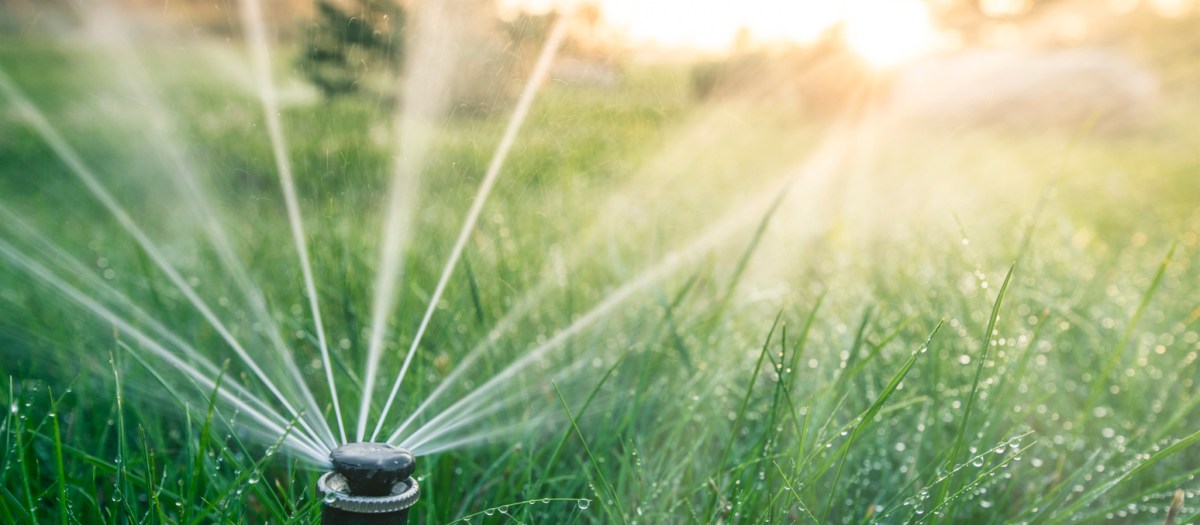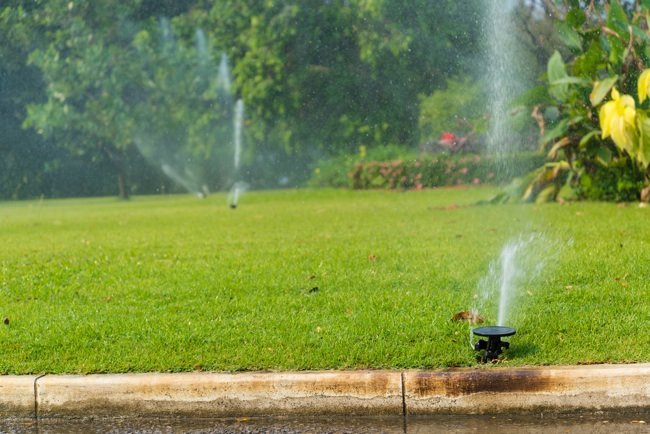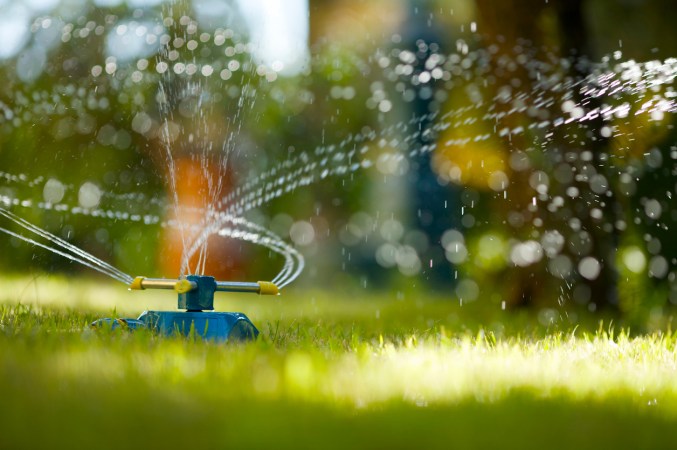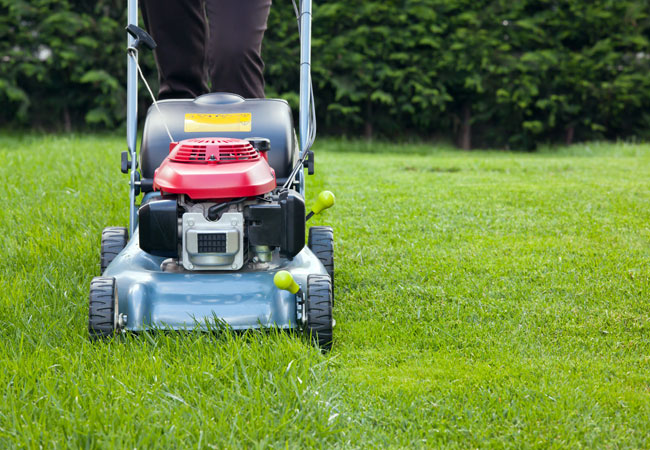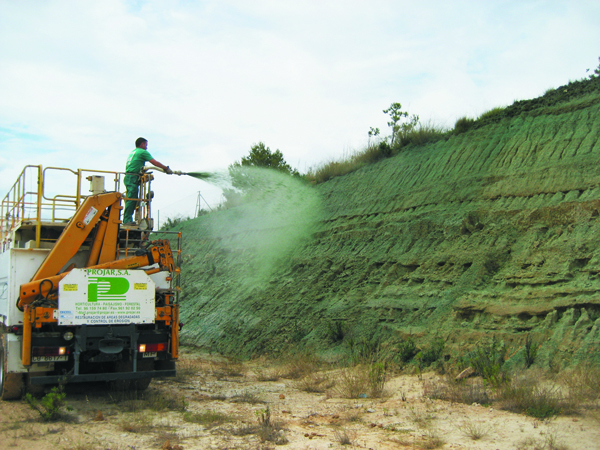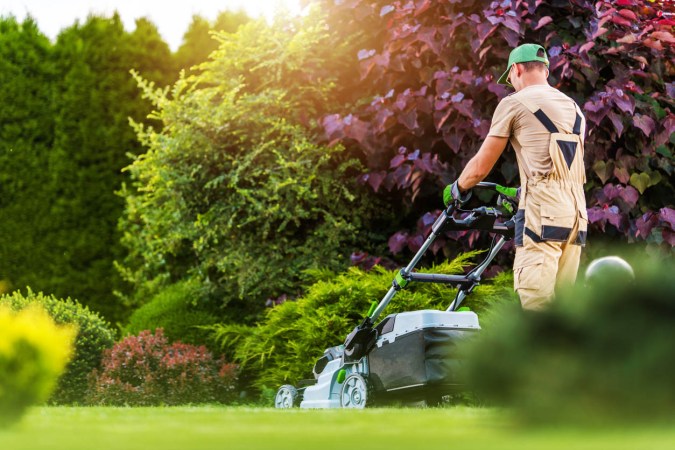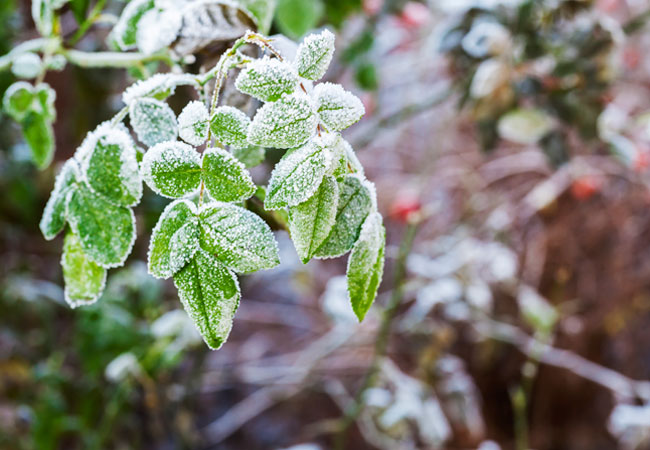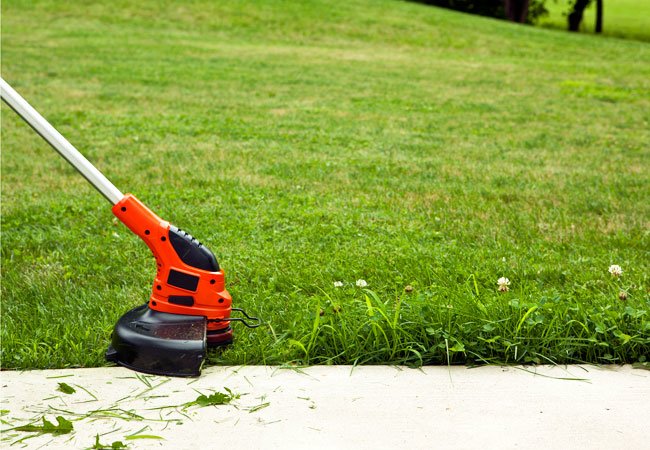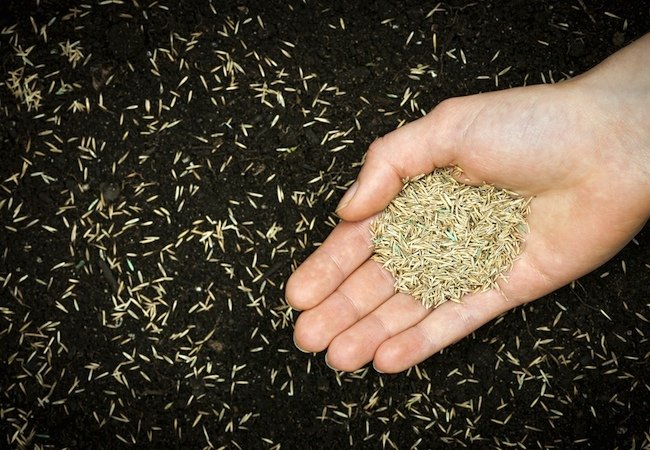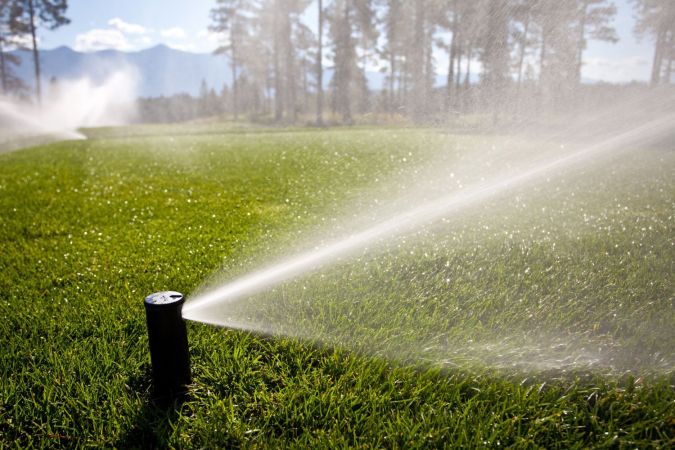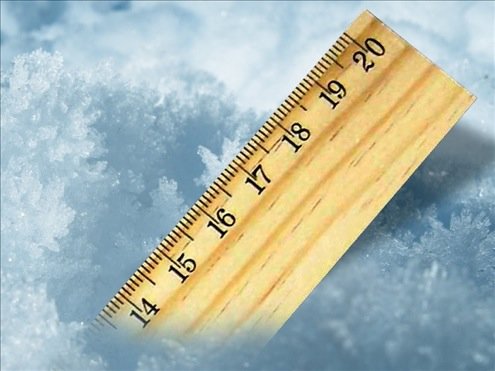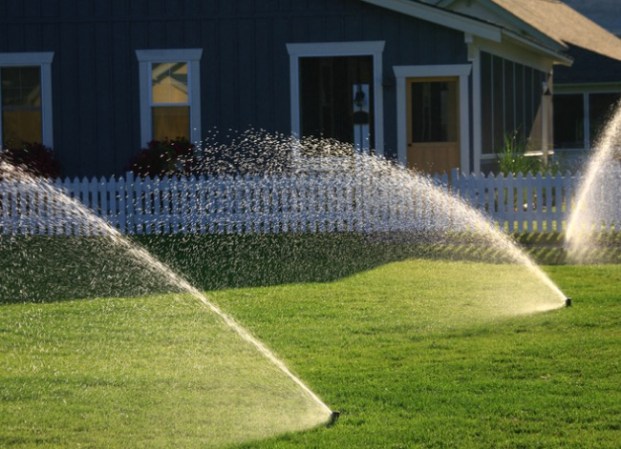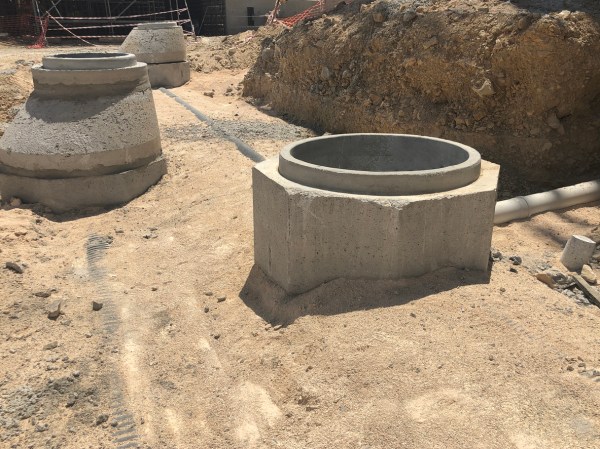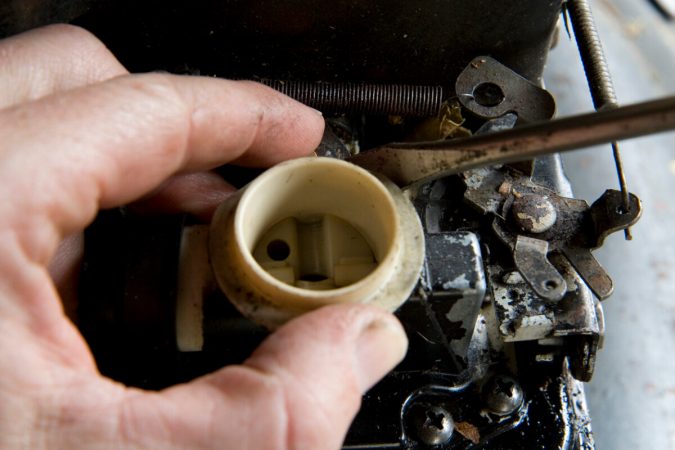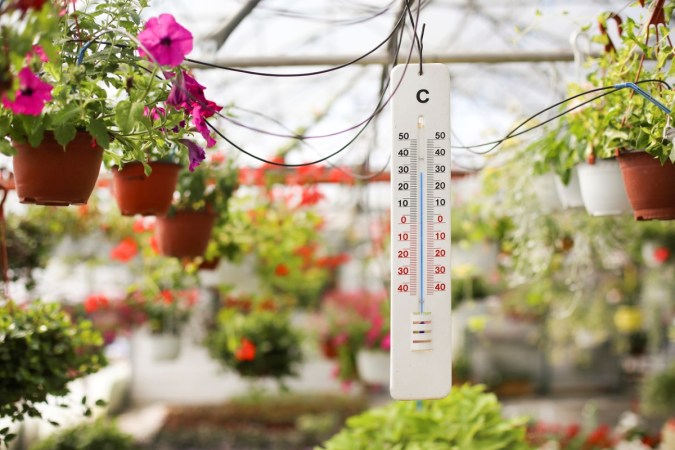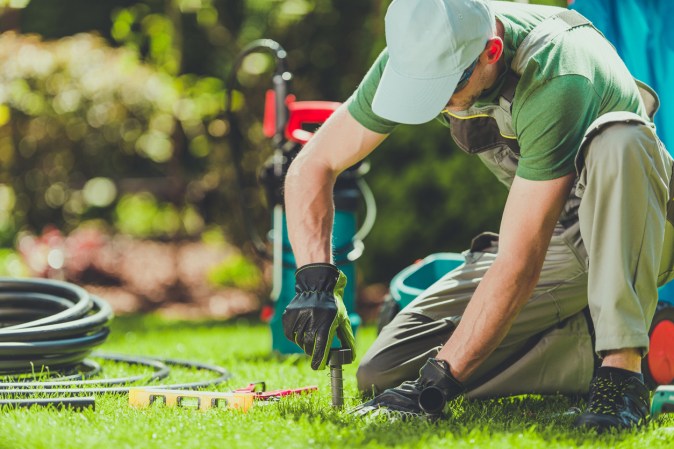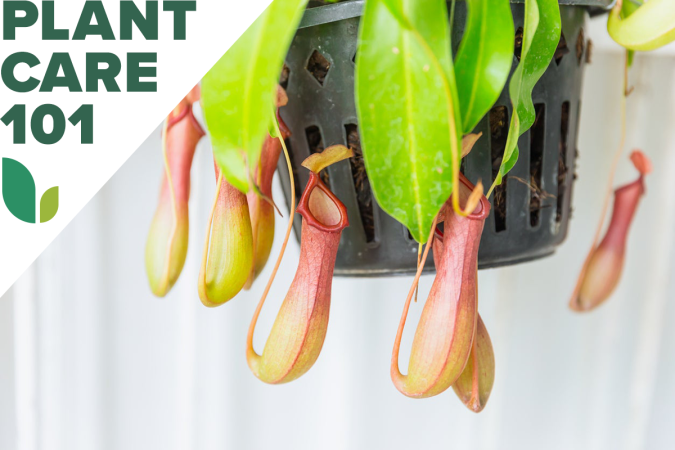We may earn revenue from the products available on this page and participate in affiliate programs. Learn More ›
Sprinklers keep your lawn looking great most of the year, but when autumn rolls along, take some time to empty and insulate them, so they’ll be every bit as reliable next spring. If you fail to winterize your sprinkler system properly, any water left in the lines can freeze, expand, and crack when the cold weather hits, potentially causing costly damage to a likely expensive system.
To prevent your sprinkler’s pipes from freezing this winter, follow this guide about learning how to winterize sprinkler systems around your house.
Tools & Materials
Bobvila.com may earn a commission from purchases made through these links.
Project Overview
Working Time: It can take 3 to 5 minutes per zone, so calculate based on your system size.
Total Time: Plan on 1 to 2 hours to complete this task.
Skill Level: Intermediate
Estimated Cost: $53 to $121
Before You Begin
The first thing to do when beginning a sprinkler system winterizing project is to assess the best way to release water from your particular system. There are two main ways to go about this: One is to drain water from the valves, and the second is to use an air compressor to blow water out of the irrigation pipes. If you are wondering when to winterize sprinkler systems, many sprinkler system manufacturers recommend that homeowners drain their systems when temperatures dip to 30 degrees Fahrenheit.
You’ll also need to determine the type of drain valve your system utilizes, as this dictates whether draining is automatic or manual. Manual-draining sprinkler heads have check valves on them, and they require that you pull a few levers to get things moving.
Once you know what type of system you have, you can accomplish almost all the necessary winterization on your own with the information below—though, of course, you should review the owner’s manual and keep it nearby for reference.
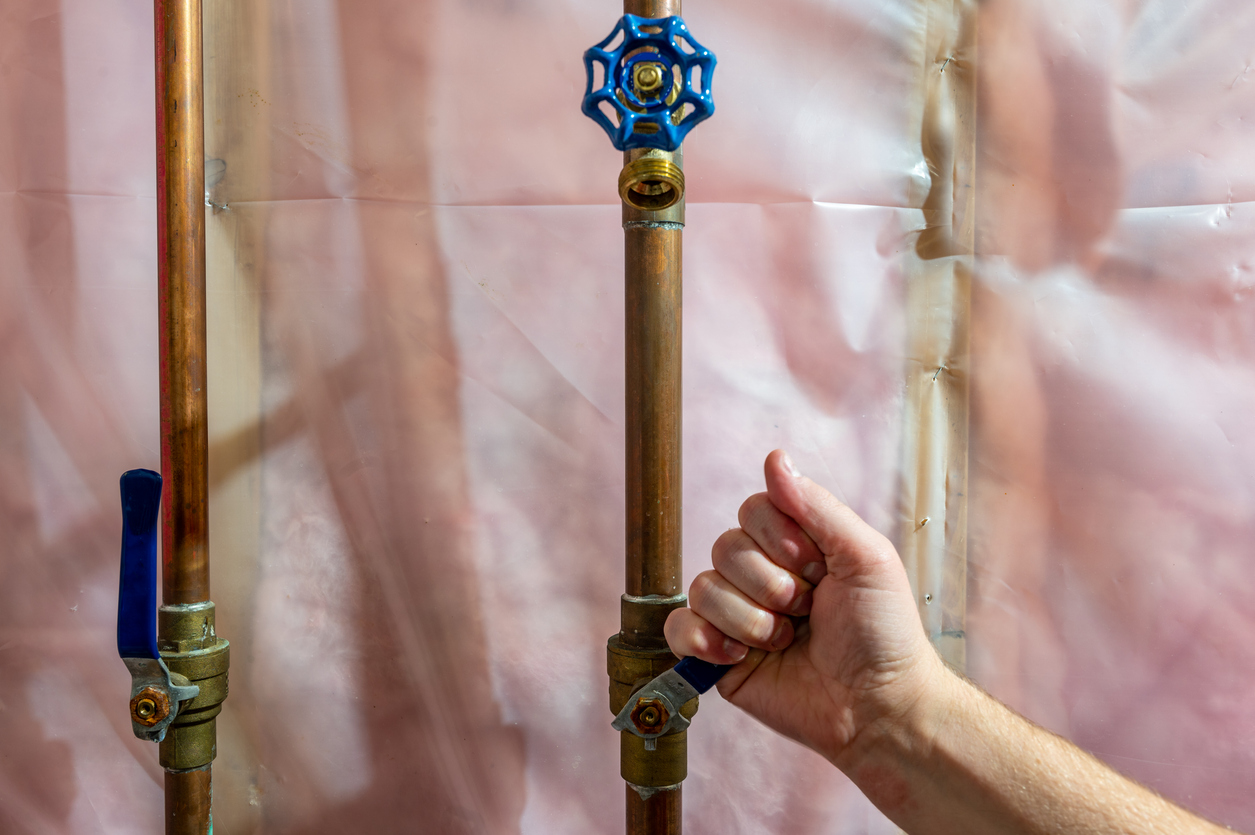
STEP 1: Turn off the main water supply, and turn off the backflow preventer if your system has one.
First, turn off the main water supply to the house, which is often found near your water meter.
If your sprinkler has manual drain valves, also shut off the valves on the backflow preventer. A backflow device, typically located near the water main from which the sprinkler water is drawn, prevents pressurized, potentially contaminated water from mixing with the potable water supply.
If you’re not using potable water for irrigation, your system may not include a backflow device. If it does, turn it off via two valve shut-off handles on the separate pipes feeding into the device. Just turn these rectangular handles clockwise one-quarter to one-half turn; use pliers if the valves are too tight to turn by hand.
RELATED: How Much Does a Lawn Sprinkler System Cost?
STEP 2: Drain any water remaining in the irrigation system.
Your next move depends on the type of drain valve you have.
- If your sprinkler system uses an automatic drain valve, this spring-loaded drain valve will open every time the system shuts off because there is little to no water pressure running through the lines to press and close the valves. But this draining won’t release water trapped inside the valves themselves.
- On each valve of the sprinkler system, locate the solenoid, which looks like a PVC cap with wires coming out of it, and loosen it by hand so air can flow inside the system.
- Once this is done, water should drain out from each zone of the system’s mainline.
- If your sprinkler system uses manual drain valves, locate the valve at the lowest point on your system’s mainline.
- Wear protective goggles for this, because the water can be under pressure and it’s possible to open valves before they depressurize.
- Next, turn off the sprinkler system’s mainline shut-off valve.
- Then, open one of the control valves on the system. You may be able to do this from a controller, otherwise it’s a manual valve. Doing this will depressurize the sprinkler system mainline.
- Finally, slowly open the manual drain valve and allow it to drain fully.
- Follow this procedure for each manual drain valve on your system’s mainline. When all the water has drained, close each manual drain valve.
RELATED: Buyer’s Guide: The Best Smart Sprinkler Controller
STEP 3: Open all of the drain valves.
After emptying the mainline via automatic draining or manual draining, make certain that no water remains around the various valves that could expand when temperatures drop. Depending on your system, you may have a “boiler drain valve” or a “stop and waste valve,” which will turn off the local water supply and also allow for draining that pipe.
Locate this valve’s drain cap and open the valve to drain the last of the water left between the irrigation system and the backflow device. If you plan to hire professionals to perform a blow-out, move on to Step 4. If you’re looking only to drain the pipes, you can proceed to Step 5.
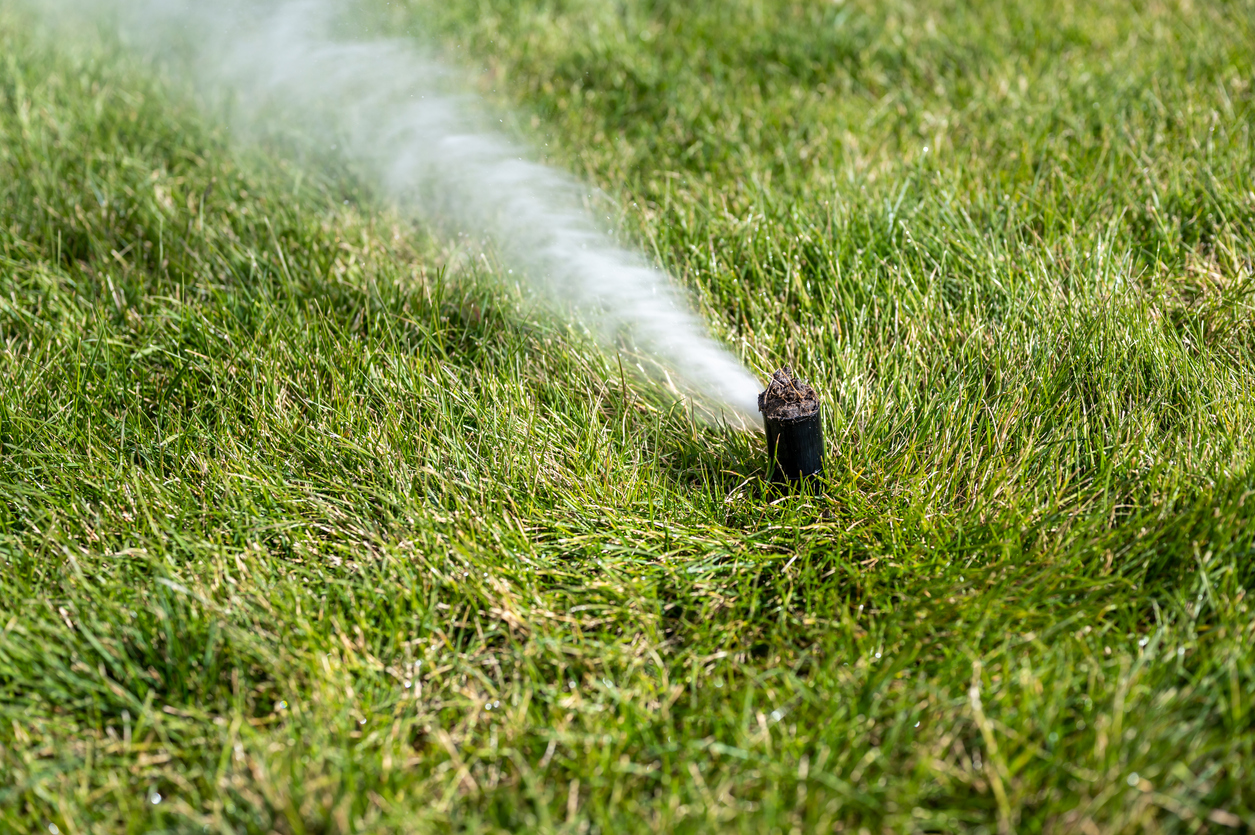
STEP 4: Blow out the irrigation pipes with an air compressor. (We recommend hiring a professional for this step.)
Assuming that your sprinklers are relatively new and installed correctly with the irrigation pipes sloping downward toward the valves (where water can release at the lowest point in the system), gravity will guide nearly all the water out after you’ve relieved the pressure in the mainline.
But it’s hard to know for certain that there’s not some left behind—say, caught around a dip or curve in a pipe that has shifted since installation. For this reason, experts recommend calling in a professional to take a further precaution that will release any last lingering water remaining in the sprinkler system: blowing out the pipes using an air compressor.
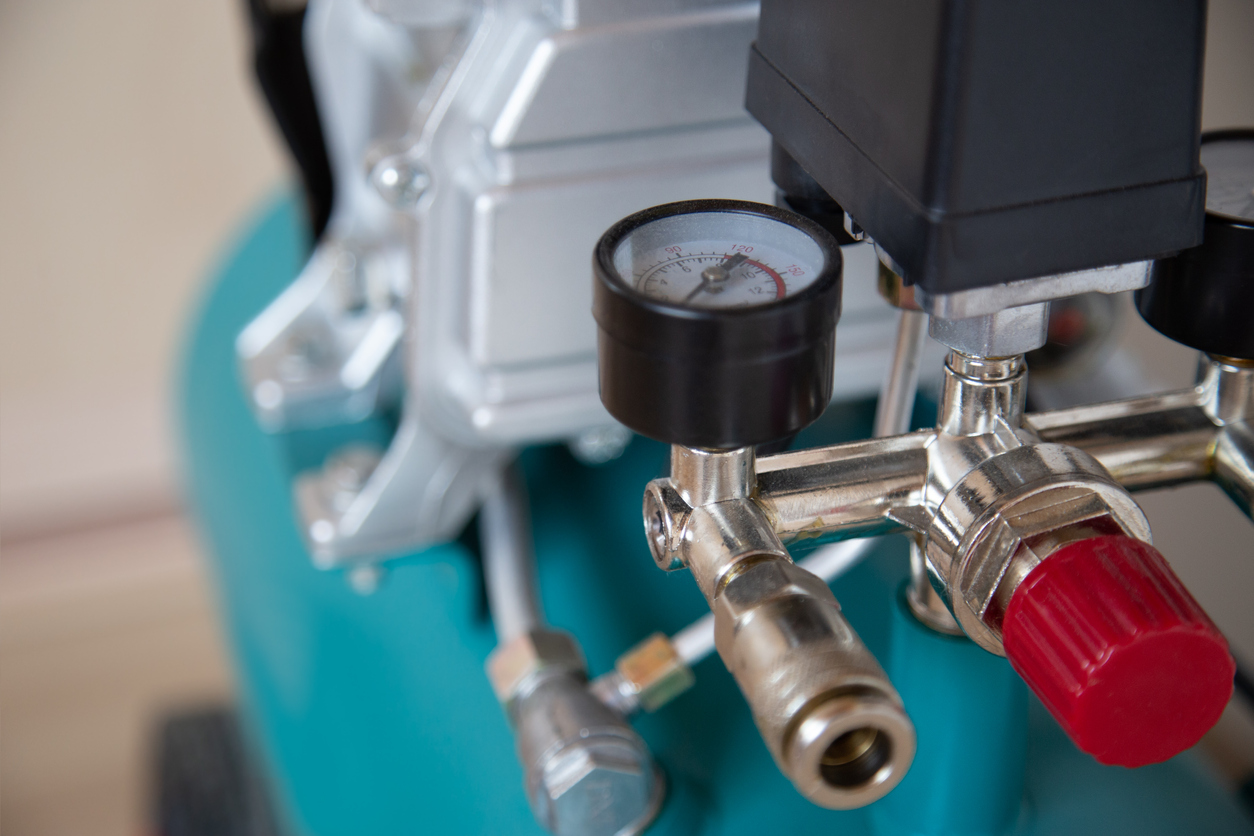
You might already own an air compressor and use it to power your nail guns and other air tools; perhaps it even boasts the capability to generate more than the recommended 50 pounds per square inch (psi) needed to clear a sprinkler system’s worth of flexible polyethylene pipes, or the 80 psi needed to blow out rigid PVC pipes. Still, experts advise against DIYing this step for a few reasons:
- Safety. All kinds of potential injuries can arise when using an air compressor, from valve tops blasting off to flying debris.
- The typical at-home air compressor might generate about the same force that a pro’s will, but it probably will not have the same volume as the professionals’ machine (most pros use a 10 cubic-feet-per-minute compressor). A professional-quality air compressor can blow out sprinklers quickly and thoroughly. Using homeowner-grade equipment can take significantly longer and may potentially leave water behind, which is not a risk we think is worth taking.
- Hiring a pro to blow out a sprinkler system just isn’t that expensive. Angi estimates the cost to blow out a sprinkler system at $100 to $250, which is a reasonable rate compared to having to replace or repair your system if your DIY goes wrong. In short, consider asking an expert to winterize your sprinkler system with an air compressor.
After the professionals connect their air compressor to the hose leading from the water main supply and blow out your sprinkler system zone by zone, they should also close the main shut-off valves. They’ll also drain any water that collected around your backflow preventer (the device that isolates the system’s backflow and keeps it safe from damage).
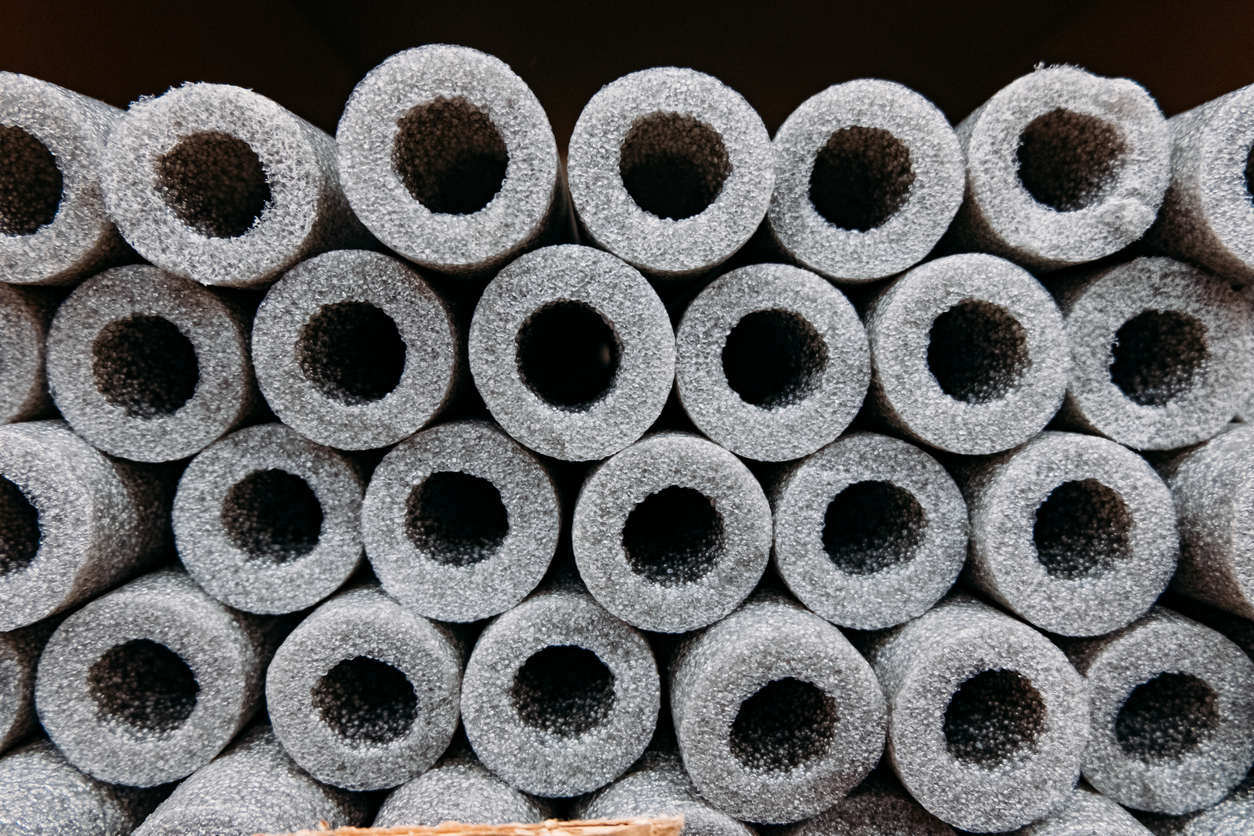
STEP 5: Insulate any system components that are located above ground.
If any parts of your sprinkler system—including pipes, backflow preventers, and main shut-off valves—are above ground, it’s a good idea to insulate the exposed parts. Local hardware stores usually offer foam insulation tape, foam pipe covers, and other winterizing protection.
Following package instructions for the foam insulating products, cover exposed pipes and other system parts to protect against freezing or cracking, taking pains not to block valves or drainage ports.
RELATED: Garden Sprinklers for Every Yard: Our 15 Favorites
STEP 6: Consult your owner’s manual for recommendations that are specific to your system.
Some systems require that valves be stored indoors and pipes capped during the winter. Consult your owner’s manual to find out the recommendations for your particular sprinkler system.
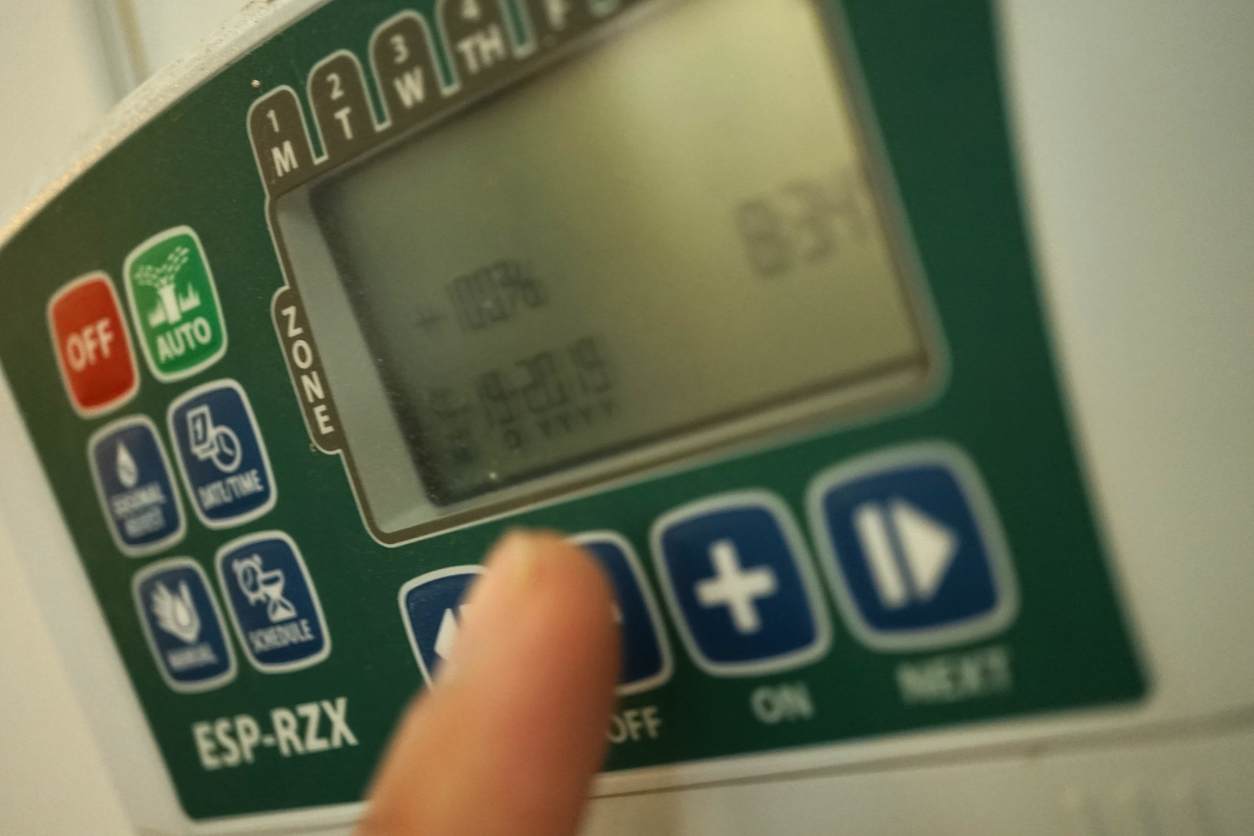
STEP 7: Program the system not to run during the winter season.
If your sprinkler system is on a timer, be sure to shut it off for the season. (Remember to reprogram it in the spring!) It’s also possible that you have a “rain mode,” which stops the sprinklers without turning off the timer when you get precipitation during the regular season.
You can turn rain mode on for the winter to prevent the system from watering. This way you can avoid shutting the system off and losing the programmed settings on your sprinkler controller, which would leave you with the hassle of reprogramming come spring. The sensor uses such a small amount of energy that leaving it on through the winter won’t typically add much to your energy costs. In the spring, simply turn off the rain mode and watering will resume like clockwork.
Final Thoughts
A bit of effort expended on the front end might save days of work and untold expense if your sprinkler system breaks down when temperatures dip and winter winds blow. These steps can help you with the winterization of sprinkler systems efficiently and effectively, ensuring that your sprinkler system won’t be adversely affected by colder weather.
FAQs
Still have questions about what to do about your sprinkler system when the weather turns cold? Don’t worry. Winterizing your sprinkler system is an important task that needs to be accomplished absolutely correctly. Read on for just a bit more info.
Q. How do you winterize a sprinkler system with a backflow preventer?
Before you begin to drain your sprinkler system, you have to shut off all water supply to the system. This includes shutting off the water supply at the backflow preventer as you prepare to drain the sprinkler system.
Q. How much does it cost to winterize a sprinkler system?
According to HomeAdvisor, it can cost between $53 and $121 to winterize a sprinkler system. Purchasing a few supplies at the home improvement store will likely put you at the lower end of this range, while hiring a pro will drive the cost to the higher end.
Q. How much PSI is needed to winterize a sprinkler system?
Winterizing a sprinkler system requires about 50 pounds per square inch (psi) to clear a sprinkler system constructed of flexible polyethylene pipes, and 80 psi is needed to blow out rigid PVC pipes.
